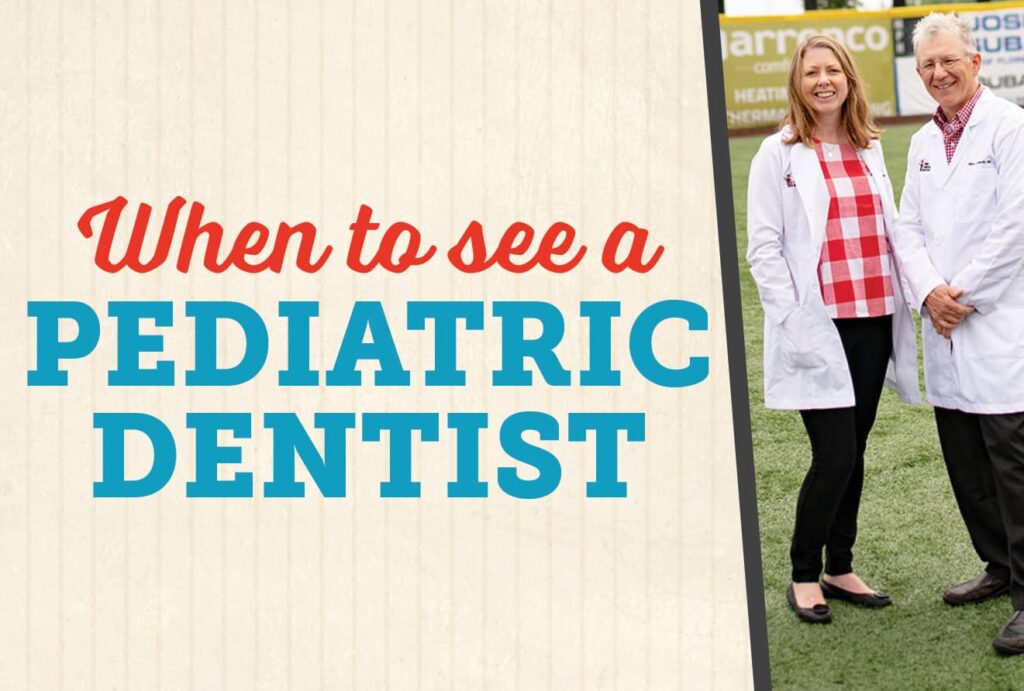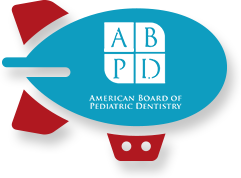February 18th, 2016
Too much sugar can be bad news for your health. When left on your teeth, sugar gives bacteria the food it needs to thrive and create cavities. Further, high sugar has been linked to obesity, diabetes and poor heart health. And while the average American consumes 22 grams of sugar a day (that’s twice the recommended amount), it’s surprisingly not hard to take a few simple steps to dramatically reduce your intake. Here are 5 things you can do today to reduce the amount of sugar you consume:
1. Read food labels.
A lot of times, we don’t realize how much sugar that we are consuming because we simply aren’t aware of the sugar content of the foods we consume. Being aware of sugar content will help you make better decisions about what foods you eat.
2. Eat fresh fruit…Instead of canned.
Many times fruit that has been processed and preserved has also had sugar added. If you do eat canned fruit, be sure that it’s been packed in 100% fruit juice instead of those labeled “light syrup” which refers more to the thickness of the syrup used and not its sugar content.
3. Drink water, not soda.
A 12 oz. can of soda often contains over 39g of sugar! You can kick the soda habit and dramatically reduce your sugar intake by simply choosing water instead.
4. Pack your lunch and avoid fast food.
Surprisingly, nearly every item on most fast food menus has added sugar, even hamburgers! You can keep track of exactly how much sugar you are getting and avoid hidden sugars by packing your own lunch.
5. Try Xylitol.
A recent interest in more natural sugar substitutes has resulted in more people consuming products that aren’t just better for you, they can actually promote good health. Xylitol, for example, has actually been shown to reduce cavities.
February 4th, 2016

Like us, we’re sure you LOVE chocolate. Plus, it’s almost a required gift for holidays like Valentine’s Day. And while candy generally doesn’t mix well with keeping teeth healthy, dark chocolate (the kind with at least 70% cocoa) can actually be a cavity fighter. That’s obviously fantastic news for chocolate lovers.
Of course, it’s always important to brush for at least two minutes, twice a day and to floss daily. But you don’t need to worry about wrecking your teeth by indulging in chocolate from time to time. Here are a few reasons why chocolate is a great candy choice.
Chocolate contains polyphenols.
Polyphenols are a class of naturally occurring chemicals that can limit oral bacteria. They are also able to neutralize the microorganisms that cause bad breath and prevent bacteria from turning sugar and starches into acid. Polyphenols have great promise for their apparent anticancer and anti-inflammatory effects as well as their ability to reduce hypertension and stroke.

Chocolate is high in antioxidants.
Antioxidants are a group of molecules that keep your body healthy on a cellular level and chocolate contains a lot of them. In fact, dark chocolate can contain up to four times the level found in green tea. High amounts of antioxidants in saliva have been shown to fight periodontal disease.
Tannins are abundant in chocolate.
Tannins are plant compounds that are found in many of the foods we eat. They’re also what give dark chocolate its slightly bitter taste and dark color. Tannins have been shown to help stop bacteria from sticking to teeth because their molecules bind to bacteria before plaque has time to form.

A flavonoid compound called epicatechin is found in high quantities in chocolate.
Flavonoids are a group of plant-based antioxidants that have been shown to slow tooth decay. A recent study by researchers at the University of California showed that a particular flavonoid calledepicatechin displays a remarkable ability to reduce cholesterol, blood clots and clogged arteries.
Again, chocolate should be at least 70% cocoa for most of these benefits to your teeth and body. However, almost any food can be eaten in moderation, as long as you remember to keep brushing regularly.
Subscribe to our blog for more tips on eating healthy and taking care of your smile!
January 21st, 2016
Most parents understand the benefits of their child seeing a pediatrician instead of simply a general practice doctor. However, it’s often not clear why a pediatric dentist is just as important and preferable over a general family dentist. Choosing a pediatric dentist will make sure that oral development is going as it should. Additionally, your pediatric dentist will help your, and your child, establish dental habits that will lead to a lifetime of good oral health.
Why Union Pediatric Dentistry?
Because pediatric dentists specialize in treating the dental needs of children, we have to complete an additional two years of specialized education to earn our designation. Beyond additional schooling, our pediatric dentists are board certified by the APBD. This certification shows our commitment to the highest level of care for our patients.
Everything from our baseball-inspired, kid-friendly office to our communication style, are designed to provide the best care for your child.
Our goal is to help every child feel comfortable and excited about visiting our office and to teach them how to care for their teeth. If needed, we would be happy to set up a “friendly visit” to let your child get familiar with our office and relieve any fears they may have. Pleasant visits to our dental office help to establish trust and build confidence for future appointments.
Our pediatric dentists also have special training in helping children with special needs. We encourage you to reach out to us about your child's unique situation. Besides a designated sensory room, we want to partner with you to accommodate your child's special needs.

At what age should my child see a pediatric dentist?
The American Academy of Pediatric Dentists, along with Dr. Greenhill, Dr. Jennison, and Dr. Britt, recommend taking your child to a pediatric dentist about six months after the first tooth comes in. For most children, this is around their first birthday.
What about teens?
Just because your child is a teenager, doesn't mean your child's teeth don't require special attention too. Some orthodontic needs are best addressed in adolescence. Additionally, decaying or poorly situated teeth can make teens self-conscious. Teens have more control over their own diet. Couple that with busy schedules and we often see a tendency to eat more unhealthy snack foods. This often becomes a significant part of their diet, resulting in poor oral health. Through a positive approach we teach preventive dental health care throughout the teenage years.
We want our dental practice to be a comfortable and inviting place.
Call our office today and let us show you how we accomplish this goal!
January 7th, 2016

Flossing removes plaque between the teeth and gum-line where a toothbrush can’t reach. In fact some sources indicate that brushing alone only reaches 35% of your tooth surfaces. Unfortunately, it’s also one of the most overlooked practices in caring for our teeth. You should floss your child’s teeth daily until he or she can do it alone, usually at least until children can tie their own shoes.
Getting children in the habit of daily flossing can yield a lifetime of benefits.
Here are five flossing tips to encourage your child (and you!) to start a regular flossing routine:
- Children tend to get better results by using flat, wide dental tape because of the larger spaces between their teeth, however you should choose floss based on what works for you and your child.
- Flossing should begin when any two teeth touch.
- Use around 15-18 inches of floss, wrapped around your index fingers and held tightly but gently. Children who find it difficult to use this method often benefit from using a flosser designed just for small hands
- Be gentle and avoid snapping floss between teeth because it can damage sensitive gum tissue.
- Floss both sides of the tooth, even when another tooth is missing on one side.
Want to learn more about how to floss? Visit the mouthhealthy.org website for great tips on flossing or ask us to show you and your child how to properly floss on your next visit!






